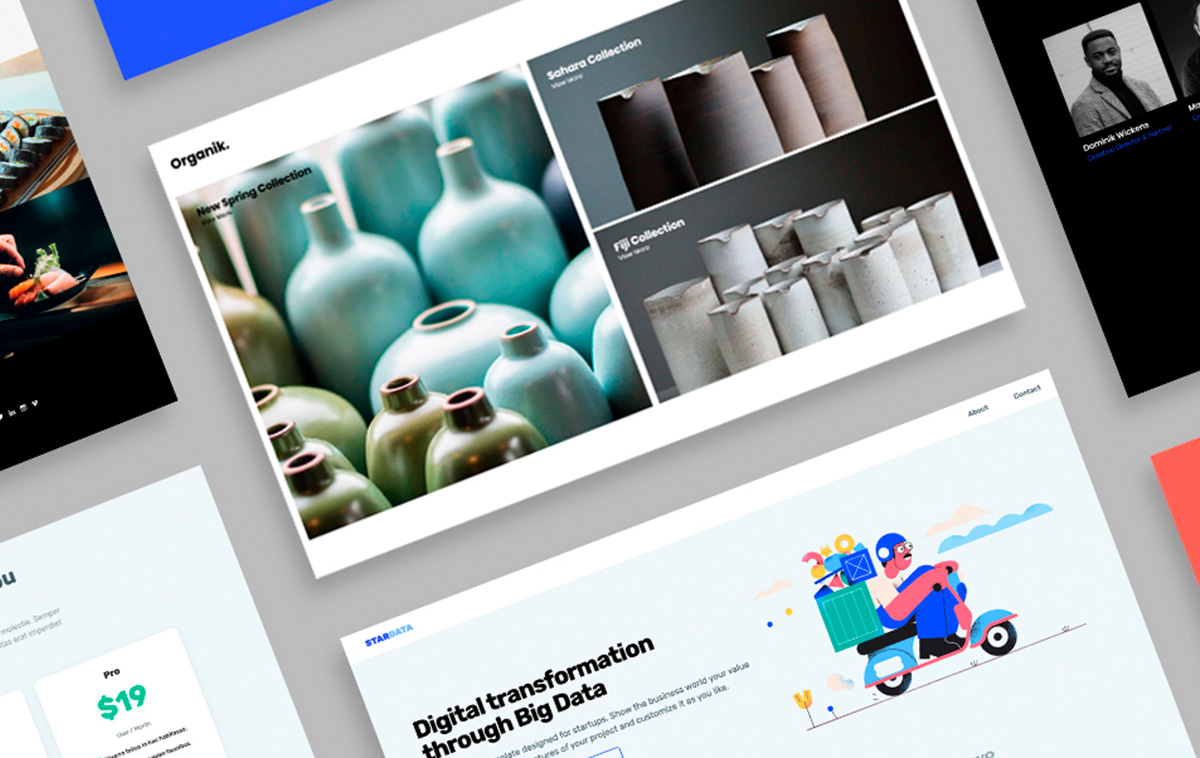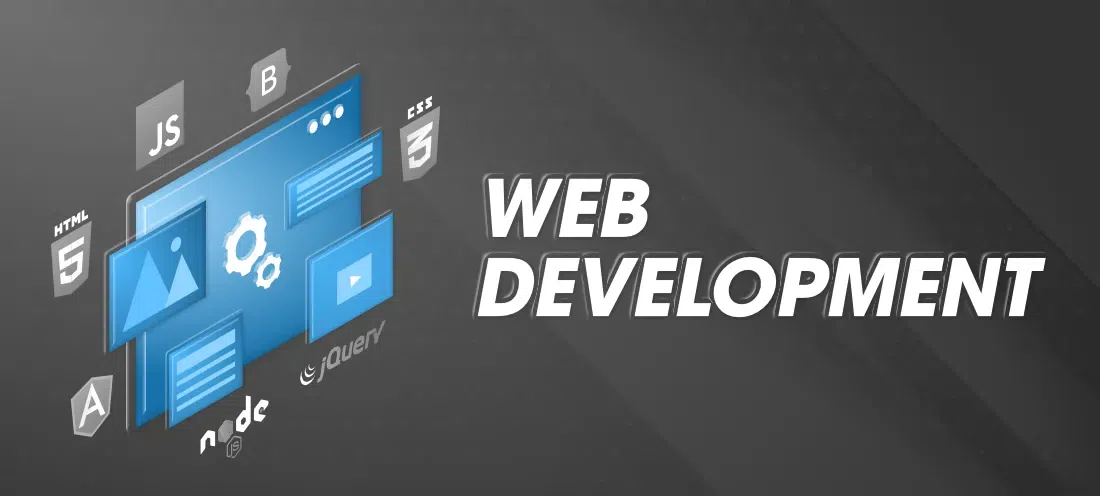Aligned Position Web Design: Professional Web Development to Maximize Your Online Impact
Aligned Position Web Design: Professional Web Development to Maximize Your Online Impact
Blog Article
The Finest Types of Website Design to Boost Customer Experience and Engagement
In the ever-evolving landscape of digital communication, the effectiveness of website design considerably impacts customer experience and interaction. Various layout strategies, such as minimalist, receptive, and interactive designs, each deal one-of-a-kind benefits that can satisfy varied customer requirements. Understanding which kinds of Web layout best offer these objectives can be pivotal for companies intending to boost client complete satisfaction and retention. The concern stays: which style aspects truly reverberate with individuals and foster significant interaction? The exploration of these concepts reveals important insights that might redefine your strategy to Web design.
Minimalist Website Design
As electronic landscapes end up being significantly chaotic, minimal Web design has become a powerful approach to enhancing user experience. This layout philosophy prioritizes simpleness, concentrating on essential elements while removing unnecessary interruptions. By using sufficient white room, simple navigation, and a restricted color palette, minimal style promotes quality and routes individual attention to essential content.
The core principle of minimalist Web style is to produce a seamless interaction for customers. By reducing cognitive lots, individuals can swiftly realize information without feeling bewildered. This direct method not just boosts use yet additionally urges interaction, as visitors are more probable to explore a site that is visually enticing and simple to navigate.
Furthermore, minimal layout frequently stresses typography and images, making use of these elements strategically to communicate messages successfully. In essence, minimalist Web design is not just a pattern; it is a thoughtful method that recognizes the value of user-centered layout.
Receptive Website Design
In today's varied electronic environment, responsive Web design has become necessary for developing a smooth customer experience throughout a plethora of gadgets. As users access websites on mobile phones, tablet computers, desktop computers, and laptop computers, the ability of a website to adapt its design and material to different display dimensions and resolutions is important.
Responsive website design uses adaptable grids, pictures, and CSS media queries to guarantee that Web material is provided optimally, no matter the gadget utilized. This method not only boosts the visual appeal of a web site however also considerably boosts use. Individuals are most likely to engage with a website that uses a consistent experience, as it eliminates the aggravation of having to zoom in or scroll excessively.
By taking on responsive layout, companies can boost their visibility and reach a wider target market. In recap, responsive Web design is a basic practice that improves individual experience, involvement, and overall fulfillment.
Interactive Website Design
Receptive website design lays the groundwork for improving customer experience, however interactive Web layout takes this an action even more by engaging users in a more vibrant method - Aligned Position Web Design. By including elements such as animations, clickable prototypes, and real-time comments, interactive Web layout captivates users, drawing them into a richer browsing experience
This technique not just cultivates involvement yet also encourages individuals to check out material proactively as opposed to passively eating it. Methods such as gamification, where customers gain incentives for finishing jobs, can significantly enhance the moment invested in a site and improve overall fulfillment. Moreover, interactive functions can streamline intricate details, making it a lot my company more satisfying and digestible.

Integrating interactive style components can also result in greater conversion rates, as individuals are most likely to engage with a site that proactively includes them. Aligned Position Web Design. Inevitably, interactive Web style changes customer experiences into unforgettable trips, ensuring that site visitors return time after time
Apartment Style
Identified by its minimalistic approach, flat layout emphasizes simplicity and functionality, removing away unneeded aspects and focusing on vital functions. This style viewpoint focuses on usability, guaranteeing that customers can navigate interfaces with simplicity and efficiency. By employing a clean visual, level style gets rid of the clutter often found in more luxuriant designs, consequently improving user focus on material and functionality.
The hallmark of level style lies in its use of vibrant colors, easy typography, and geometric forms. These components contribute to a visually enticing interface that is both modern-day and friendly. Furthermore, flat layout promotes a feeling of clearness, allowing customers to determine important activities and info without distraction.
Moreover, flat design is specifically effective in responsive Web style, as its simplicity converts well across numerous tools and screen sizes. By concentrating on necessary functions, flat style not only fulfills user demands but additionally encourages seamless communication, making it a vital component of effective Web style techniques.
Adaptive Web Design
Adaptive website design tailors the user experience by developing multiple fixed formats customized to different screen sizes and gadgets. Unlike responsive style, which fluidly readjusts a single design, adaptive design utilizes distinctive designs for details breakpoints, making certain optimum presentation on numerous platforms. This method allows designers to concentrate on the distinct attributes of each gadget, improving functionality by providing exactly what individuals require based upon their context.
Among the main advantages of adaptive website design is its capacity to optimize load times and efficiency. By offering tailored content moved here and photos that fit the customer's device, websites can minimize information usage and improve loading rates. This is specifically advantageous for users with slower links or minimal data plans.

Additionally, flexible layout helps with an extra regular and regulated branding experience. Since designers produce numerous layouts, they can guarantee that the aesthetic components align with the brand name's identity across different platforms - Aligned Position Web Design. This leads to a natural user experience, enhancing interaction and advertising user retention
Conclusion
To conclude, the combination of minimal, receptive, and interactive Web design principles dramatically boosts user experience and engagement. Minimalist design fosters clearness and focus, while receptive layout ensures adaptability across different gadgets, advertising accessibility. Interactive style captivates users through dynamic elements, encouraging expedition and personalization. Jointly, these layout comes close to add to the production of straightforward settings that not just boost satisfaction but additionally drive greater conversion prices, highlighting their important value in modern website design strategies.

Minimalist style cultivates quality and emphasis, while receptive layout makes certain flexibility throughout numerous devices, promoting availability. Collectively, these style approaches contribute to the creation of user-friendly settings that not only improve complete satisfaction but also drive greater conversion prices, emphasizing their essential importance in modern Web style techniques.
Report this page